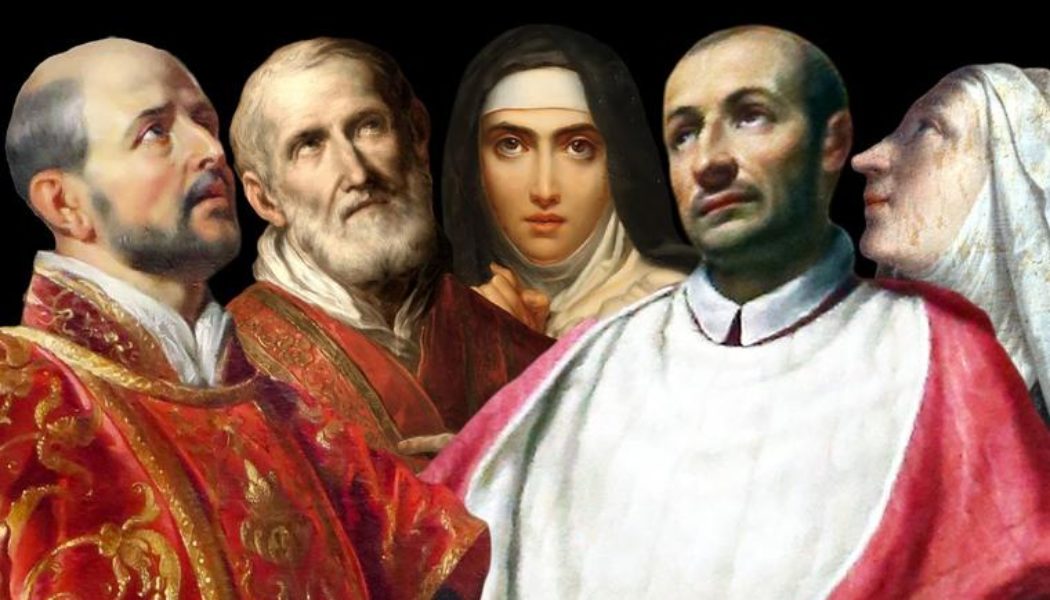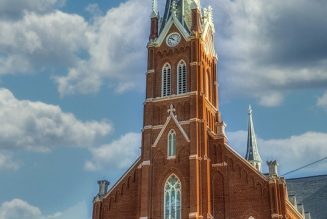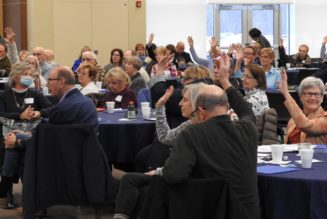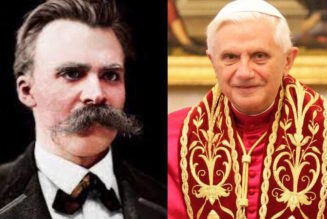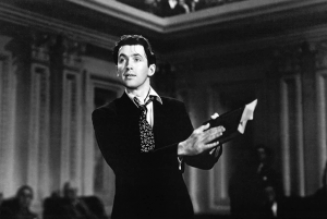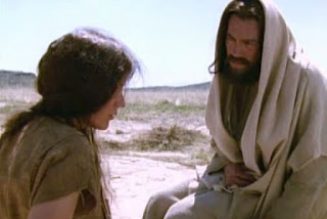
COMMENTARY: A brief look at the dark period of 1533-1539 tells us that right now, God is raising up the apostles and saints of the 21st century whom he will use to respond to the challenges of our difficult time in ways you and I can’t even imagine.
It is essential to remember that even in the darkest of times for the Church, God is always at work, calling forth disciples whose wildly different lives, situations, personalities and responses to God will send out ripples that converge and together change the direction of history.
Most U.S. Catholics know that King Henry VIII declared himself head of the Church in England, beheaded Sts. Thomas More and John Fisher, and began suppressing the ancient religious communities. The years spanning 1533-1539 marked the dramatic beginning of generations of persecution and suffering for English Catholics. And yet God was already raising up the only answer for really bad times: fruitful new Catholic apostles. Look at who was emerging in the Church during the very same six-year period:
1533: 18-year-old Philip Neri goes through a major conversion and moves to Rome.
1534: 42-year-old Ignatius of Loyola and his six companions, including Francis Xavier and Peter Claver, make their first promises in Paris. Ignatius was not dreaming of the Jesuits yet. Plan A was for his little band to emigrate to the Holy Land and give the Spiritual Exercises there. It was only after war made it impossible to reach the Holy Land that they traveled to Rome and offered themselves to the Pope for apostolic work. The Companions of Jesus (Jesuits) were formally founded in 1540.
1535: A 20-year-old Teresa of Avila enters the Carmelite Monastery of the Incarnation. Teresa was not at all a great mystic yet. Four years later, she nearly died of an illness and then was paralyzed for three years. This was followed by years of relative spiritual mediocrity. She was 39 before she began to enjoy a vivid experience of God’s presence, out of which her Carmelite reform movement began.
1535: Angela Merici, a 61-year-old single lay woman and educator of girls, founds the Company of St. Ursula, a community of consecrated lay women devoted to the Christian education of women and girls. The Ursuline nuns, who became famous Catholic educators, emerged from the Company of St. Ursula.
1536: A 60-something abbot bribes a few boys off the streets of Milan with an apple and teaches them how to make the Sign of the Cross. It was the unlikely beginning of the “Schools of Christian Doctrine” for the laity (or CCD as we know it now), which quickly spread through Italy and eventually through the whole Catholic world.
1537: Pope Paul III creates a Reform Commission dominated by members of the Oratory of Divine Love, a confraternity inspired by the life and writings of St. Catherine of Genoa, a lay woman. Catherine was a late-15th-century lay mystic who also ran the largest hospital in Genoa. Her Dialogue was published 30 years after her death and was a great inspiration to Catholic reformers like Sts. Robert Bellarmine and Francis de Sales.
1538: Charles Borromeo is born, while 23-year-old Philip Neri begins his evangelizing apostolate in the streets of Rome as a layman, starting conversations with people and raising spiritual topics. Philip, who would ultimately be called the “Apostle of Rome,” presumed that he was not called to the priesthood. He would not be ordained as a priest for another 13 years. His religious community — the Oratory — emerged out of the friends and disciples that he had gathered around himself as a lay apostle.
1539: The vicar general of Milan asked Pope Paul III for an indulgence to be given for 40 hours of intercessory prayer before Jesus in the Blessed Sacrament moving progressively through parishes of the city. It was granted the first papal approval of what we now call the “40 Hours” devotion. Borromeo was only an infant when it happened but he was to become a great champion of Eucharistic Adoration as an essential part of evangelization and diocesan renewal when he became archbishop of Milan.
And the rest is history.
Right now, God is raising up the apostles and saints of the 21st century whom he will use to respond to the challenges of our difficult time in ways you and I can’t even imagine.
They are children, teens and adults of all ages — and from every conceivable social, cultural and economic background. They are women and men. Their vocations may be invisible to us and to their families and friends right now. Their destiny, and the ultimate impact of their obedience, is probably hidden even from themselves and will be revealed only one step at a time as they walk in obedience with Jesus in the midst of his Church.
But they are among us now. It is entirely possible for each and every baptized person who has been anointed for mission by Jesus Christ himself to become one of those seminal agents of spiritual awakening. But only if we each personally seek union with Jesus and strive to walk in the obedience of faith.
The question is always: Which of us will say Yes? Which of us will become a member of the “generation of saints” for this time and in this place?
